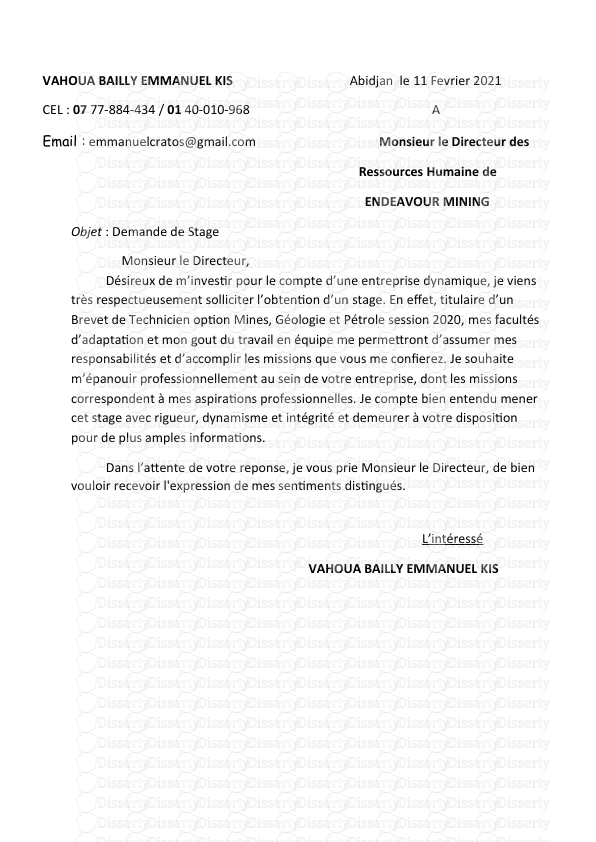Kromasil application guide
Kromasil application guide Kromasil The way to peak performance in liquid chromatography CKROMASIL APPLICATION GUIDE Kromasil applications ?? from our lab and the literature The Kromasil packings and columns have been used over the years for demanding separations all over the world In this guide we have collected examples of a variety of chromatographic separations from small synthetic pharmaceuticals up to peptides and larger molecules We hope this guide will be a useful tool when developing new HPLC separation methods in your lab Content Guidelines Applications Amino acids Drugs and metabolites Environmental Food and nutrition Natural products Peptides Vitamins Other Literature references Substance index Kromasil availability Cover ?gure shows a D chromatographic separation with UV absorption at di ?erent wavelengths vs time Copyright Copyrighted elements of this publication may not be reproduced in any way without the consent of their respective owner CGUIDELINES The Kromasil packings ?? some hints for the best performance The Kromasil family of packing materials is developed to be the perfect choice from analytical to process scale Kromasil is presently available as bare silica C C C NH CN or as Kromasil Chiral for separation of optical isomers Pore sizes are ? ? and ? and particle sizes and m Slurry-packed columns are available from analytical up to inner diameter all with analytical e ?ciencies For larger preparative and industrial scale columns bulk packing is provided To learn more about the properties of Kromasil silica please consult our other technical information Choice of mobile phase Normal Phase conditions Choose mixtures of hexane or heptane and polar modi ?ers like alcohols ethyl acetate methylene chloride etc to adjust retention The optimum retention factor range is normally ? k ? for a two-component sample but can be wider for a multi-component sample Acidic and basic additives can improve the chromatographic performance In most cases small amounts of acetic acid or formic acid ?? improve peak shape for acidic or basic solutes In some cases the combination of acid and an organic amine e g triethylamine is necessary for di ?cult Me oquine Mobile phase Heptane -Propanol HCOOH Triethylamine a CF N CF HC OH N H Mobile phase Heptane -Propanol HCOOH a Figure In uence of the mobile phase additives on the separation of me oquine Conditions Column mm Kromasil CHI-DMB m Flow rate ml min Detection UV nm solutes The acid should always be in excess relative to the amine in order to operate at a pH where the silanol groups on the silica are protonated Reversed Phase conditions Choose mixtures of water or bu ?er and water miscible solvents like alcohols acetonitrile THF etc to adjust retention factor k to an optimal range The pH can be controlled by using a bu ?er and in order to minimize the ionization of the silica and the solutes In order to control peak shape for very basic solutes an additive like TEA triethylamine can be added if necessary Kromasil is a fully hydroxylated ultra-pure silica making the surface
Documents similaires










-
42
-
0
-
0
Licence et utilisation
Gratuit pour un usage personnel Aucune attribution requise- Détails
- Publié le Nov 28, 2021
- Catégorie Management
- Langue French
- Taille du fichier 222.1kB


